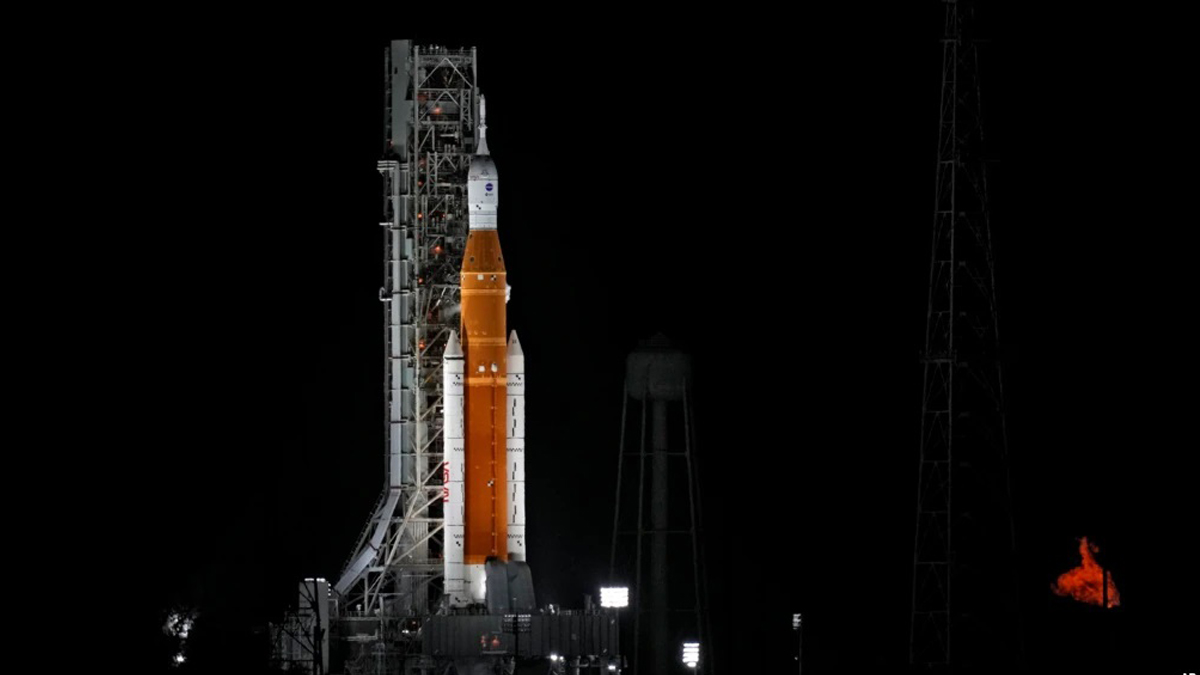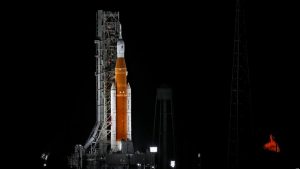
NASA and SpaceX Launch Historic Polar Human Spaceflight Mission
The United States on Monday launched the world’s first human spaceflight mission over the Earth’s polar regions. A SpaceX Dragon spacecraft carrying a four-member crew lifted off aboard a Falcon 9 rocket at approximately 9:46 p.m. Eastern Time (0146 GMT Tuesday) from NASA’s Kennedy Space Center in Florida. Following stage separation, Falcon 9’s first stage successfully landed on the A Shortfall of Gravitas droneship stationed in the Atlantic Ocean.
The crew of the “Fram2” mission includes Mission Commander Chun Wang, Vehicle Commander Jannicke Mikkelsen, Mission Pilot Rabea Rogge, and Mission Specialist and Medical Officer Eric Philips. Over the course of the three-to-five-day mission, the team plans to observe Earth’s polar wilderness through Dragon’s cupola, utilizing insights from space physicists and citizen scientists to study unusual light emissions resembling auroras.
The crew will conduct 22 experiments aimed at advancing human health and performance in space, particularly for future long-duration missions. Key highlights include capturing the first human X-ray images in space, studying blood flow restriction exercises to preserve muscle and bone mass, and growing mushrooms in microgravity as a potential space crop.
Additional studies will explore sleep and stress patterns using wearable technology, continuous glucose monitoring, and women’s hormonal health. The team will also examine motion sickness and conduct brain imaging immediately after landing using a portable magnetic resonance imaging (MRI) device.
This groundbreaking mission marks a significant milestone in space exploration, offering new scientific insights into human adaptation to space environments. The results from these studies could contribute to the success of future missions to the Moon, Mars, and beyond.













Comments